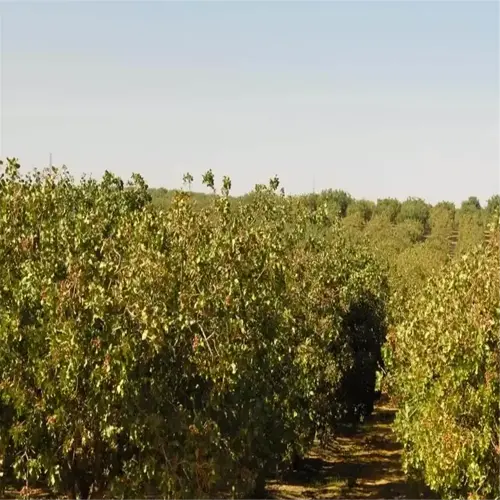Do pomegranates need special soil?

Written by
Julia Anderson
Reviewed by
Prof. Charles Hartman, Ph.D.Pomegranates flourished in well-drained soil, but seeing as they recover better than other fruit trees, I have grown to produce trees with productive fruit trees growing on the soil at a swollen pH of 7.8 (alkaline clay soils). The catch is, that they have to drain, and their roots will drown if standing for 24 hours...(but other fruit trees experience the same). My orchard adds sandy loam with 30% compost soil mix for vigor.
Optimal Soil Parameters
- pH range: 5.5-7.2 (tolerates up to 8.0 with iron supplements)
- Drainage: 1-2" (2.5-5cm) percolation hourly
- Texture: Loamy sand to clay loam acceptable
Clay Soil Challenges
- Root rot risk: Add 3" (7.6cm) coarse sand
- Winter protection: Mound soil around trunks
- Compaction fix: Till in gypsum annually
To check the drainage conditions, excavate a hole that measures 12" (30cm). Pour water into the hole, and then monitor the standpipe (or a 1" piece of wood). If the water drains more slowly than 1" (2.5cm) of water per hour, mix in the perlite or coarse sand. A customer brought in waterlogged trees after overwatering them. He installed French drains, and the next season, his yield increased by 40%.
For pH testing, we use simple tests from home kits that are very inexpensive or send in samples to the extensions. I check it every three years. Acidic soils receive a dusting of lime and alkaline soils receive sulfur soil pellets. For example, I would put one tablespoon of vinegar into the soil and if it fizzes, that makes me aware that the soil is alkaline and it needs to be adjusted.
It is recommended that container growers use a 3:1:1 mix, which consists of potting soil, perlite (or grit), and compost. My ‘Nana' dwarf is kept in a 15-gallon container and root-pruned every three years. Terracotta pots help prevent overheating. It's important to keep your containers elevated above any saucers to avoid overly soggy roots.
With heavy clay? Build raised berms of 8" (20cm) height. Mix native soil with 40% sharp sand and 10% peat moss. The berm width should be three times the tree canopy spread, which will give you room for growth. I have used this approach previously, and in my test plot in Georgia, it reduced leaf drop by 75%.
Zinc deficiency presents as dull yellow leaves while veins stay green, and can be common in high-pH soils. During growth flushes, I apply chelated zinc in a foliar spray every month. Drenching the soil with zinc also works, but it can take 6 weeks for results. Always retest pH after soil amendments to avoid nutrient lockouts.
Read the full article: How to Grow Pomegranate: Expert Tips for Success

